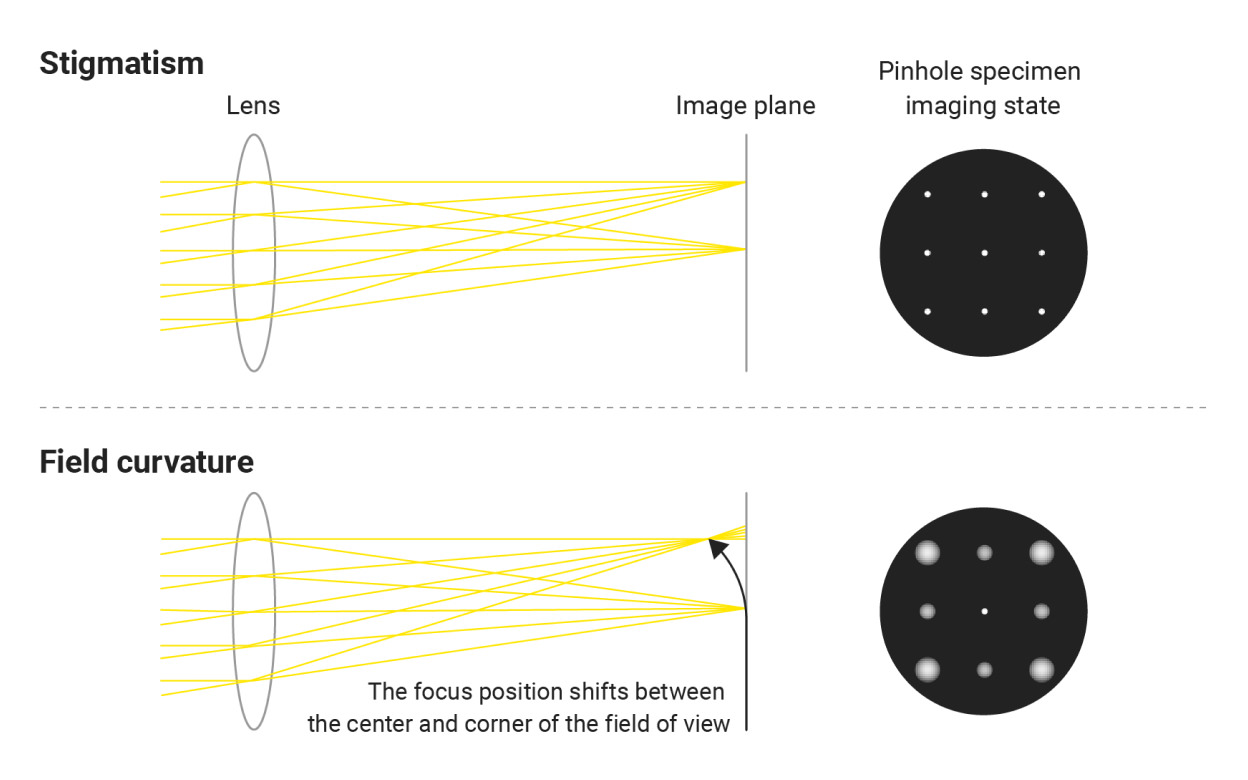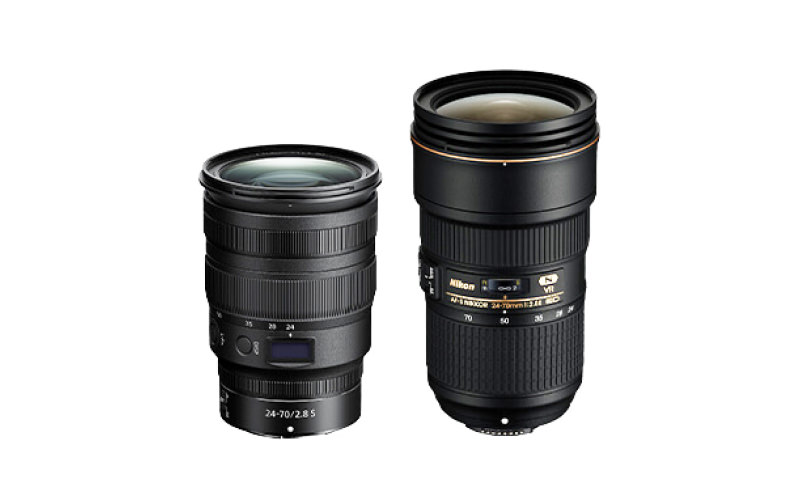Aberration Correction
Technology Overview
It is a technology for correcting optical systems to achieve the desired image. In imaging optical systems designed to focus light emitted from one point onto another, deviations from the ideal can be minimized by optimizing lens shapes, combining lens materials with different optical properties, and adjusting lens placement.
Deviations from the ideal form of the image are called aberrations and are classified based on thier characteristics. Aberrations that occur even with monochromatic (single wavelength) light are called monochromatic aberrations and are mainly caused by the shape of the lens. To address this, we adjust factors such as lens curvature, thickness, and spacing to achieve the desired specifications. Chromatic aberration, which varies with the color (wavelength) of light, is primarily caused by the lens material. To correct chromatic aberration from a certain material, we combine it with another material that compensates for it.
Nikon handles a wide variety of optical systems, and the level and type of aberration correction required differ depending on the application. For example, correcting chromatic aberration is important for camera lenses and binoculars that primarily handle visible light. Projection lenses used in semiconductor lithography equipment, which require precision closed to the physical limit, need corrections near the diffraction limit. These optical systems need to satisfy not only the required optical performance but also constraints such as ease of use (including weight, size, and range of motion) and manufacturability.
Technology Application Examples
Binoculars
Nikon binoculars are highly rated for their excellent visibility. They feature a "Field Flattener Lens System" that uses excellent lens design to correct aberrations and obtain sharp images right up to the periphery of the field of view.
In the case of a lens fully corrected for coma aberration and astigmatism, the light rays coming from a point apart from the optical axis are focused at one point. But this point is not always included in the vertical plane to the optical axis. This is called field curvature. Field curvature causes a phenomenon in which even if you focus at the center of the field of view, the periphery is out of focus, which is an extremely large problem for wide-field binoculars.
Field Flattener Lens System optimizes field curvature throughout the optical system. Its advanced lens design simultaneously corrects astigmatism and coma, allowing sharp and clear observation to every corner of the field of view.
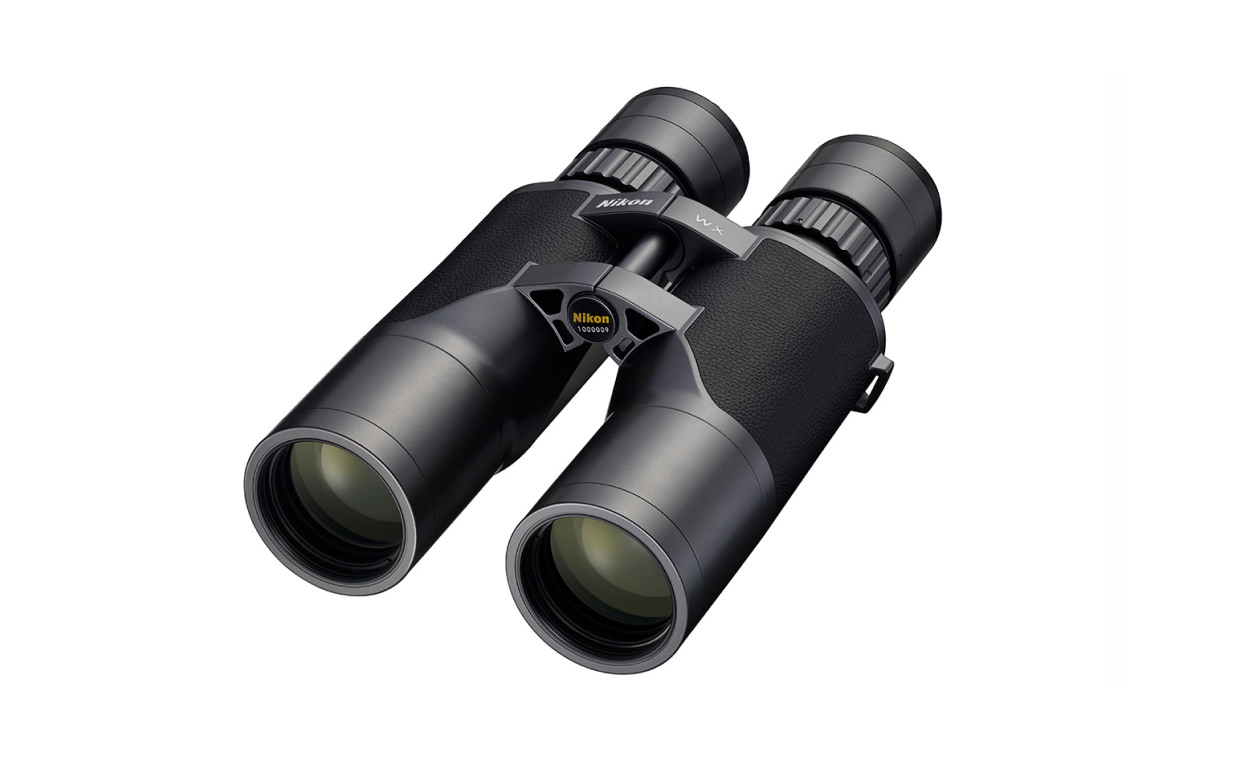
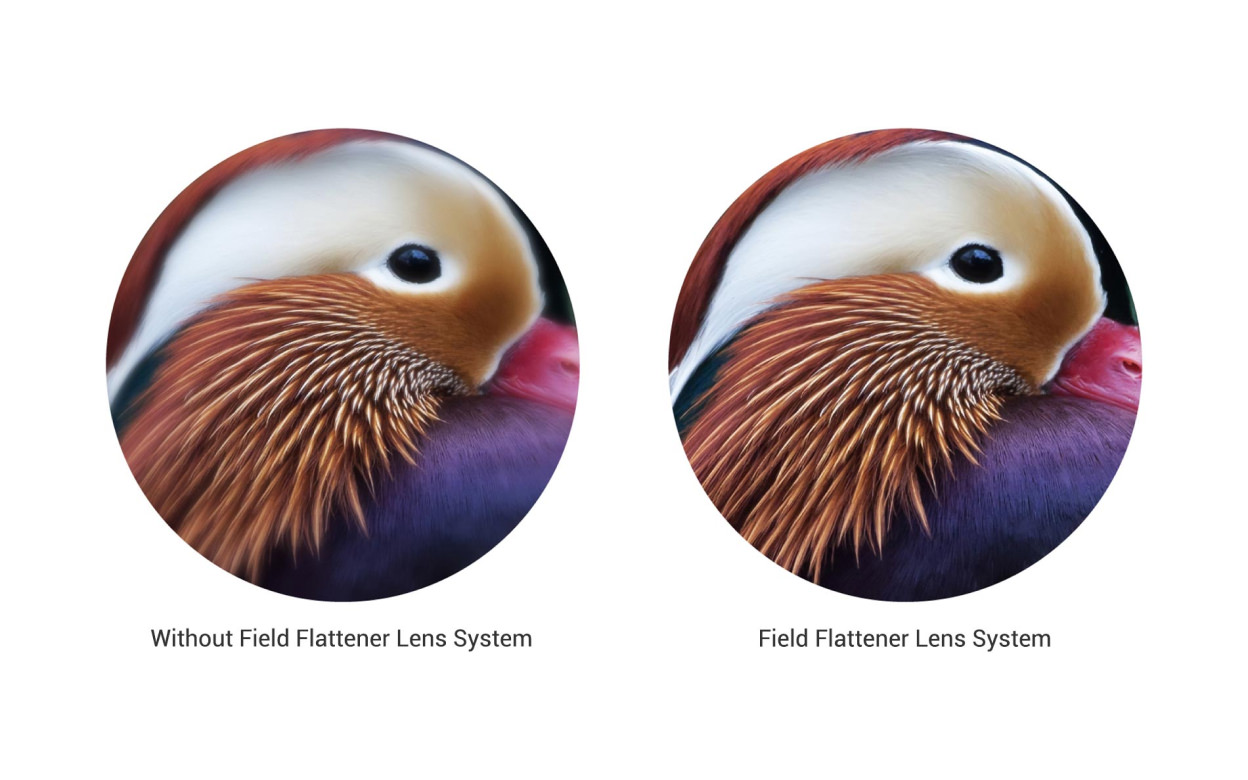
Technologies related to these examples
Related Technology
Lens Design
Lenses are one of the important optical elements for effectively manipulating light in optical equipment. Lenses converge and diverge light, so they are generally used in optical systems that create images of objects, such as camera lenses. Some optical systems have only one lens, like eyeglasses, while others combine dozens of lenses. The placement, material, and shape of these lenses are optimized to achieve the desired optical performance. It is necessary to reduce aberrations that affect optical performance and to meet the weight, size, and cost requirements of the product.
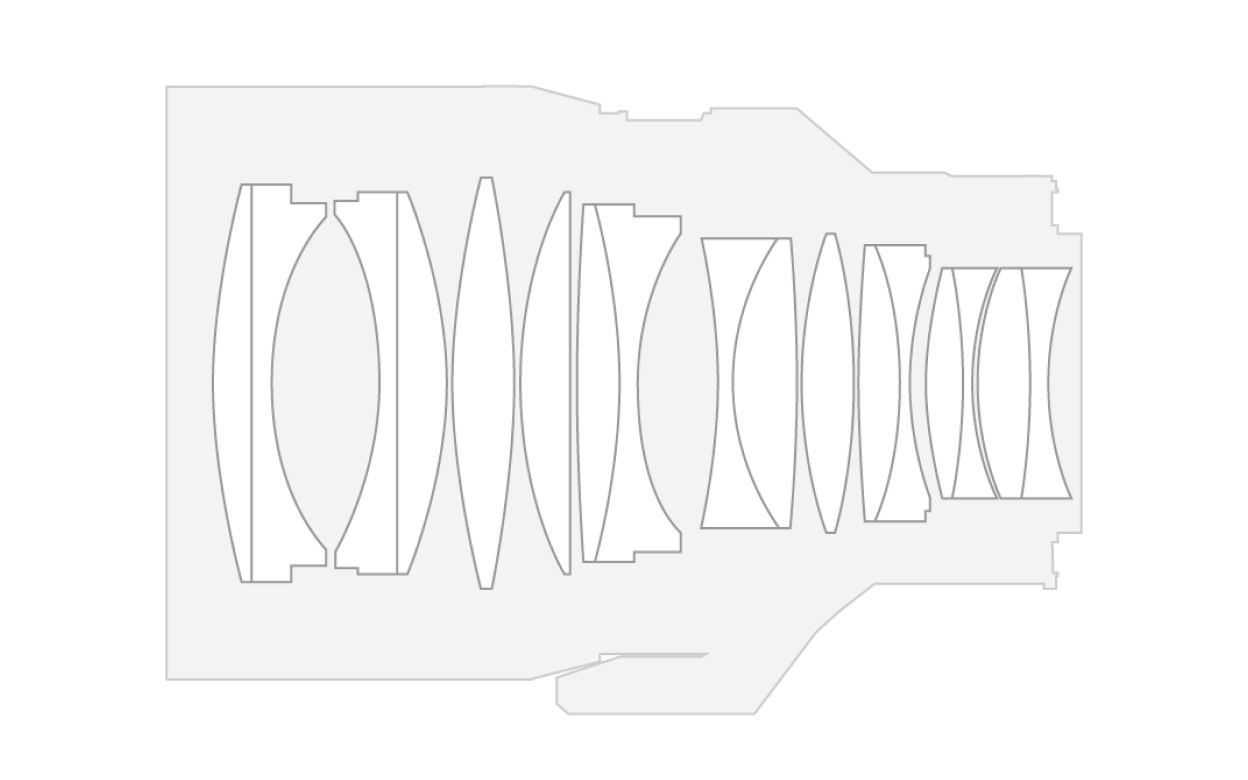
Nikon designs a wide variety of lenses with different sizes and required precision, including objective lenses for microscopes, interchangeable lenses for cameras, and projection lenses for exposure equipment. For example, projection lenses, which must accommodate to the miniaturization of semiconductor devices, must be designed to provide optical performance close to the theoretical resolution. Interchangeable lenses for cameras must be designed to deliver the desired image within constraints, such as being small and lightweight while also having a zoom function.
Main Related Products
You can search for articles related to Nikon’s technology, research and development by tag.

